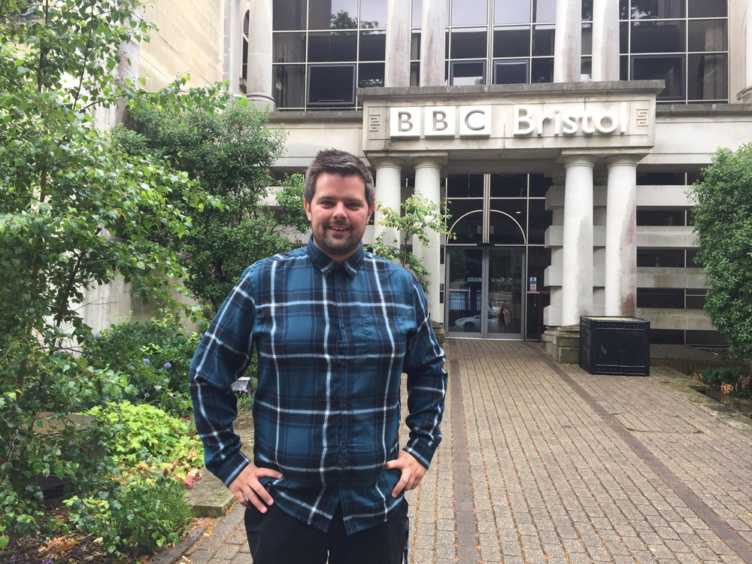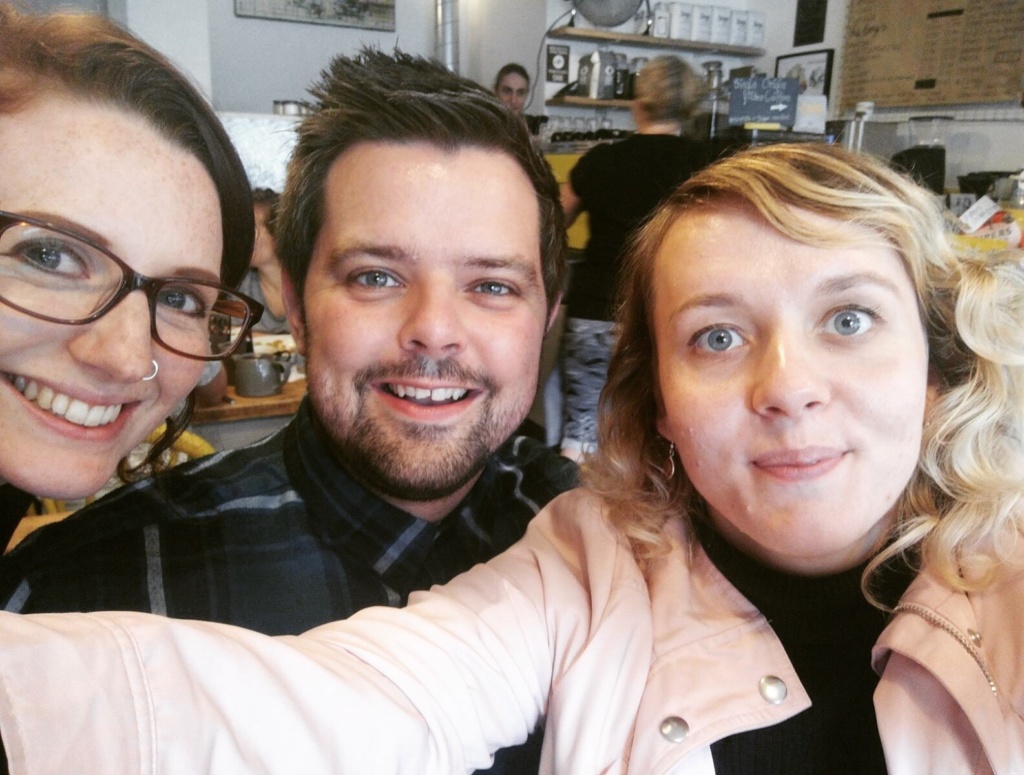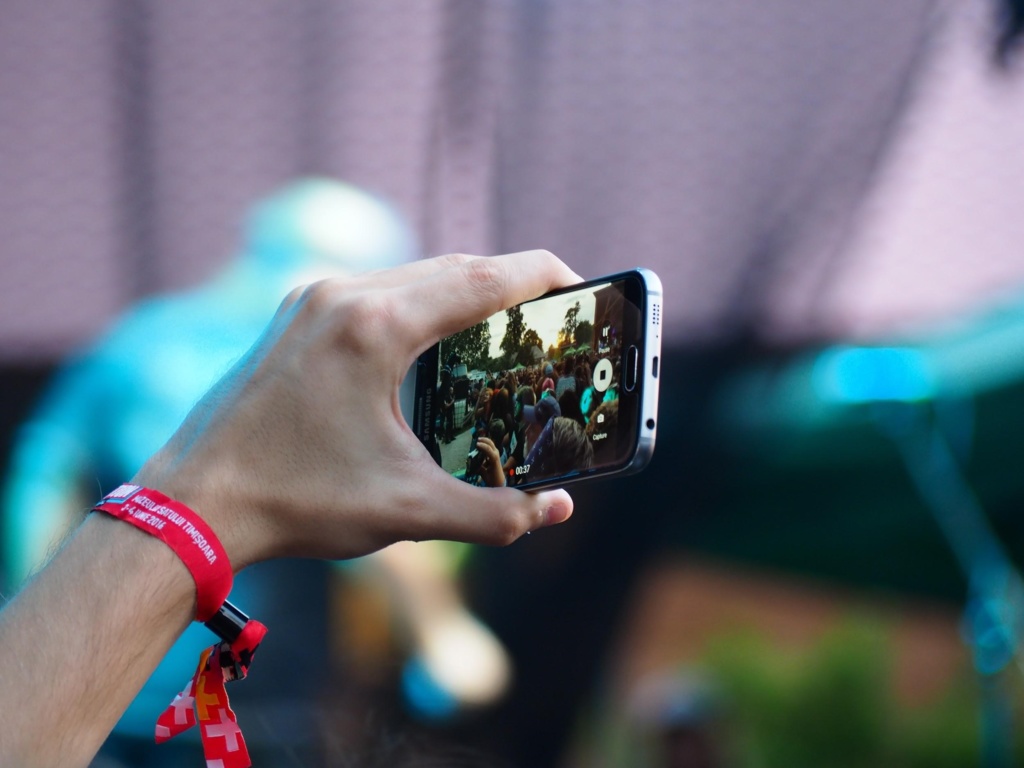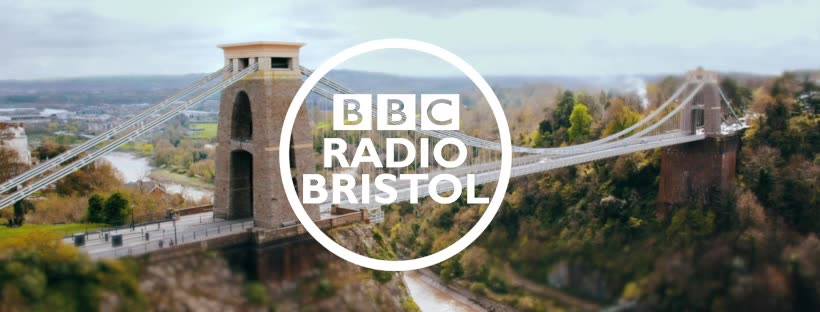
An Interview With Adam Crowther – Multimedia Journalist at BBC Radio Bristol
Back in May, the Seeker Digital team went on a BBC studio tour as part of a company day out. While we were there, we were lucky enough to meet Adam Crowther, who popped into the newsroom to tell us a little about his role as a BBC Bristol multimedia journalist.
Well, needless to say, we found it all very intriguing. Sure that there was much to be learned from the new direction BBC Radio Bristol was taking with its social presence, we tenaciously acquired Adam’s email address and invited him out to lunch. Adam graciously allowed us to grill him in further detail about his role, the rise of social journalism, and digital storytelling. Below is what we learned, but first:
Let’s meet Adam

Shaking things up
Adam’s been working at BBC Radio Bristol for around 18 months now. When he arrived, it was to fill a role that until that point hadn’t existed – that of multimedia journalist. His duties? To take the organisation’s social media content, shake it up, and start again.
Initially, others in the newsroom were sceptical about using social media as a journalistic platform in its own right. Previously, their social media presence had consisted of sharing the odd picture of a DJ in the studio. “The light bulb moment was when two weeks in, I managed to make a video clip go viral,” says Adam. “It then got picked up by the BBC national bulletin, and so there was this interesting shift of digital platforms leading linear content, rather than the other way around”. The clip was viewed by 5 million people in less than 72 hours.
Reaching a younger audience
In a nutshell, Adam’s job involves taking stories that people haven’t heard before and making them accessible for a younger audience. Stories travel far online when they’re told in the right way – and it’s this element of storytelling that really resonates with Adam. “There’s a different hierarchy in terms of content,” he explains. “Users have short attention spans. Rather than saving the best until last, you’ve got to put the best stuff right at the start”.
Adam is part of a three-person social media team at BBCRB. “We’re always experimenting with new features and new ways of storytelling,” he says. “The market is really crowded with content, so to stand out, you need to look and feel different in people’s news feeds”. For those looking to switch up their own social strategy, Adam recommends doing a lot of experimentation – with content, with post formats, and with the time of day that you post. “Half of 18-25 year olds wake up and check social first thing when they’re still in bed. So give them something to engage with”.
Social media – a new wave of journalism

What next?
As platforms for storytelling, Adam tells us there are two things we should look out for over the next 12 months – live streams and stories. “The rise of Instagram and Snapchat stories that show news live as it happens will be huge,” he says. “Likewise, live streaming (such as Facebook or Instagram Live) is going to take off in a big way. Audiences can now interact with news like never before because of social media. This immediacy puts you in the moment, which is very different to having content carefully curated for you”.
In the BBC’s ‘Future of News Report’, writer Caitlin Moran said that “if we were to invent news tomorrow, it would not be a half hour report at 6 o’clock”. Instead, it’s always on. “As journalists, we must be switched on to storytelling,” Adam says. He’s been known to wake up in the middle of the night to share breaking news stories as they come in. “There’s an expectation of news now to constantly update people as it’s happening – whether you’re on shift or not”.
How is a breaking story covered?
When a breaking story comes in to BBC Radio Bristol, the first step is deciding what resources to deploy. Some stories might warrant a social media reporter on the scene, as well as those from radio or telly. Others may only need one reporter, who can gather the necessary information for everyone. “Sometimes a radio or telly reporter can gather for all three platforms,” says Adam. “We have a journalism portal where we keep all our information, so we know what reporters are deployed where and what we expect them to get. If we need to send more resources to cover the story effectively, we will”.
Tools of the trade
Preparing a news story for social media takes imagination and a little help from some useful software. “For videos, I use Final Cut Pro – and I use After Effects to create the graphics. For images, I use things like Photoshop”. But if it’s a breaking news scene? “In that case, your iPhone is your best friend,” says Adam. “You can create all this stuff in a lightweight form and stream straight to Facebook, Periscope or Twitter. It depends on the sort of story you’re telling”.
Is it all fake news?!
People can sometimes be wary of the news they see on social media, what with the abundance of ‘fake news’. “But at the same time, people are a lot more savvy about where they get their news from,” Adam explains. “They can see whether it’s a verified account – so it all depends on the source”. We also tend to place higher trust in news stories that are shared by our friends.
The art of digital storytelling

Different platforms, different audiences
For an organisation like the BBC, digital storytelling is increasingly necessary. “It’s where our audiences are,” says Adam. “The age brackets for our radio and social audience are completely separate – for radio, it’s an average age of 55, whereas the average age of our social audience is 25-35”. To accommodate these disparate audiences, stories therefore need to be told differently. “You need to be much sharper, snappier, and to the point on digital,” he says. “This is an audience who were previously underserved by the BBC – people who would probably never watch Points West or listen to Radio Bristol”. As Neil Bennett (Points West editor) explained in ‘How to Grow Your Audience’, it’s about getting stories in front of people on whatever platform they prefer to use.
Why it’s important
Almost everyone of today’s younger generation has some sort of social media entry point in their pocket. We use our phones as a window into our digital worlds. This, among many other reasons, is why digital storytelling is so important. “We know our stories are consumed by hundreds of thousands, if not millions of people,” says Adam. “We’ve reached 202 million news feeds over the last 18 months – so clearly, it’s an effective way of spreading journalism. Could we have reached that same number with our radio transmitters? No way”.
Based on the latest data collected back in 2016, BBC Radio Bristol is the top-performing local radio Facebook account, by a massively long way. Last year the page had an average weekly reach of 1.5 million people.
Engaging with social communities
Every time the BBC Radio Bristol multimedia team commissions a story, the first consideration is always ‘is there an audience who will like, comment or share this story?’. If not, it won’t get shared in the first place. But it’s rare for this to be the case.
“Facebook is built heavily around communities and friends,” explains Adam. “It’s rare to find a story without a niche interest. For example, if we have a story around a WW2 dambuster veteran, we know people will engage with this kind of historical content”. Likewise, as we covered in ‘How to Grow Your Audience: Part II, the story of teenage horse rider Hannah Francis, who died from terminal cancer, brought in a huge amount of engagement and support from the horse riding community. “If it’s a niche story with an existing social media following, it tends to do better,” says Adam.
Being part of the BBC

credit: BBC Radio Bristol
Social without a hidden agenda?
Naturally, directing a social media strategy for a unique organisation like the BBC is something very different from promoting yourself as a business. For the BBC, it’s not about promotion – only engagement. “At the BBC, social is used to get content to audiences that wouldn’t otherwise get it from a traditional medium,” says Adam. The BBC’s Natural History Unit used it particularly effectively around the build-up to Planet Earth 2, with the snakes vs. iguana clip amassing tens of millions of views on Facebook and YouTube.
Which platforms matter most?
For BBC Radio Bristol, Facebook is the key priority when it comes to sharing news on social media. “That’s where the audience is and we know our Facebook audience will engage with the content,” says Adam. “We use Twitter as well, but more passively, since the average lifespan of a tweet is only a few minutes. You just don’t get the same quality of response as you do through Facebook”.
They also started using Instagram just this year. “We do a lot of square video and share pictures that celebrate the area,” explains Adam. “We love to feature local photographers and will use the stories feature where appropriate. There are some real niche audiences on Instagram – things like #catsofinstagram and #doorsofbristol – which make it perfect for that kind of niche, visual content”.
Managing social after-care
Just like with radio and telly, all news put out through BBCRB’s social channels is subject to the same editorial guidelines. But unlike with radio and TV, what you get on top of that is comments. The power of the social media audience is huge – and it’s interactive, not passive. “We have moderation teams who look after the posts, especially those that might be a bit controversial,” says Adam. “If there are ever abusive comments, a lot of those get filtered out automatically. But mostly what we find is that the comments are pretty encouraging. Mostly our content is positive, since positive news tends to share – and sharing is the type of engagement we are really after”. Trawl through the BBC Radio Bristol feed and you will find it full of hopeful stories that enable people to feel helpful or inspired, much more than those which spark anger. “Positive stories travel better,” concludes Adam.
To boost, or not to boost?
Among social media marketers, there’s often a tendency to head straight for the boost button when you want to ensure that your post gets seen. Interestingly though, almost all of BBC Radio Bristol’s social media content is non-sponsored. “Our audience is pretty loyal,” says Adam. “The only time we pay for posts is when we’re targeting people in a certain age group, using local stories as part of a wider initiative – like Wayback Wednesday”.
Adam gives an example – “we did a radio piece with local celebrity Joe Sims, who started his acting career at Bristol Old Vic. In it, he took us back to a place he loved going to when he was young – Clifton rockslide. We then did similar stories on other local people, so we used social in that instance to draw the younger demographic into radio”.
This might seem surprising to some, since Facebook advertising can be an effective form of publicity. But at the BBC, they take a different approach. “Instead we ask, what interest groups will want to share this?” says Adam. “Then we get on the phone to these communities and let them know. So if it’s a story about animals, we’ll be on the phone to the RSPCA. We focus on tapping into those existing communities, which means the content gets shared organically. Why spend £30-40 on ads when you can spend 30 minutes on the phone to different groups, organisations and charities?”. There’s a good lesson for marketers here – don’t get lazy and always reach for the boost button when with a small time investment, you can easily accumulate organic shares.
Wow. This guy really knows his stuff. As you can see, our lunch with Adam was packed with useful insights, and for businesses who wish to market themselves on social media platforms, there is much to be learned from an organisation whose primary goal is engagement above all else. We’d like to say a massive thank you to Adam for coming out and speaking to us, and we hope that others will also find this interview enlightening. Let us know what you think in the comments section below – we’d love to hear from you.
